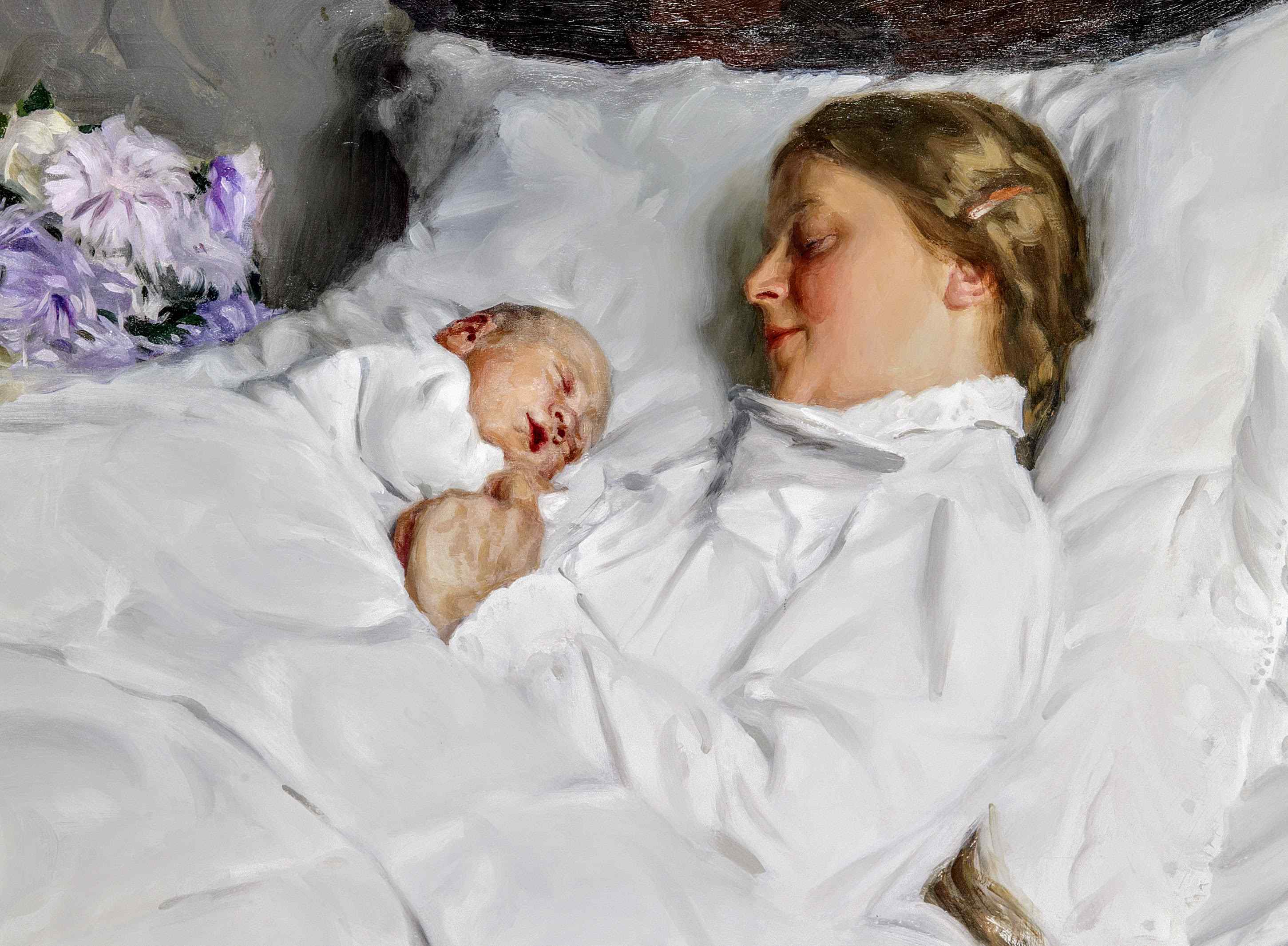A haunting question keeps many - especially Western - parents up at night: Should they let their kids into their bed? A comment by the American actress Christina Ricci recently became an international buzz after she revealed that she frequently shares her bed with her eight-year-old son. Hence the big question: Should children sleep in their own room, or should they be allowed to climb into their parents' bed whenever they want?
Interestingly, while mom Ricci's bed is often invaded by her eldest son, her youngest daughter quietly sleeps alone. "The fact that I can put her down in her crib and she just goes to sleep when my eight-year-old still sleeps with me is amazing," said the mother. Effectively, few parenting subjects generate more controversies than bed-sharing. The most important reason is that, as reported by The Lullaby Trust, more than 130 babies die each year in the UK in co-sleeping situations.
The issue gets even more complicated as kids get older, and parents rightly wonder if they make a mistake by welcoming their babies, toddlers, and even older children into their beds. However, in many other parts of the world, co-sleeping and bed-sharing are quite common practices. So, what are the problems? Well, one of them is that "Men miss their cuddles and sex, so the baby has to go into their own room and cry, and the mum has to be really stressed," says Sarah Ockwell-Smith, author of The Gentle Sleep Book.
But the biggest question is: What are the long-term effects of bed-sharing and co-sleeping on a child's development? And in this case, too, the answer is not so simple. According to Emily Oster, an economics professor at Brown University and author of parenting books, even if you compared a child who co-slept until they were seven with a child who didn't, there are still so many differences in their childhood experiences that to pull out the single thread of co-sleeping may very well be impossible.
It is not easy to determine which are the best solutions in this domain, so parents must carefully weigh the benefits and risks for their kids... as always.

Picture: Baby & Mother, by Emil Österman (Wikimedia Commons)



